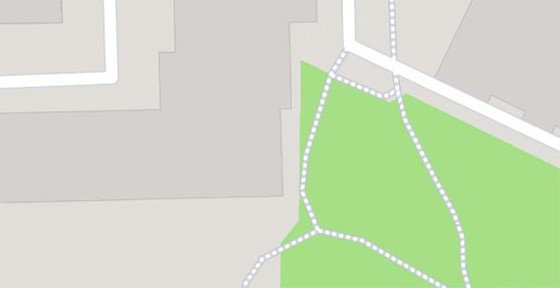Glienicke Palace
Local name: Schloss Glienicke
The Hunting Palace was built in the second half of the year. Of the seventeenth century, commissioned by the Brandenburg elector and Prussian prince Frederick William I. The palace belongs to a group of palaces and park complexes in Potsdam and Berlin, inscribed on the UNESCO World Heritage List in 1990. The building underwent numerous reconstructions and the current neo-Renaissance appearance was given to it in the second half. XIX century. The palace is the seat of the Berlin-Brandenburg Institute of Social Education.
In the past, the palace served as the magazine of the German film studio UFA, a center for war orphans, the headquarters of the Red Army cadet school, a youth hostel, an orphanage, an international conference center, and was a shelter for residents of Berlin displaced from the Neubabelsberg district.
At the end of the nineteenth century, the property was surrounded by a wall, which in 1961 was used as a fragment of the border between the GDR and Germany.
Attractions inside




